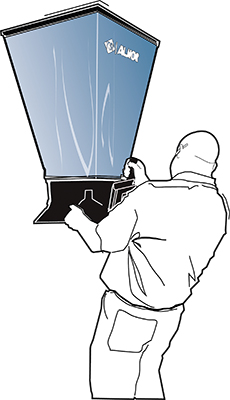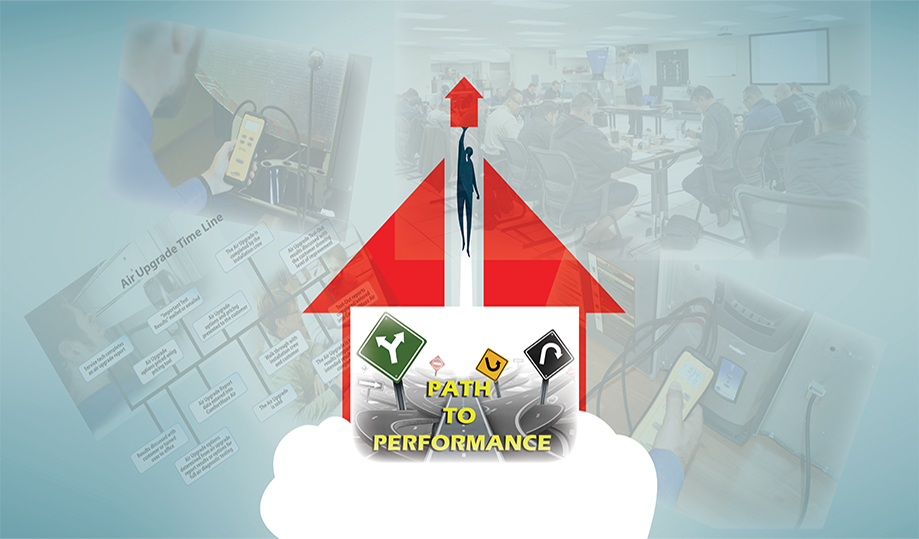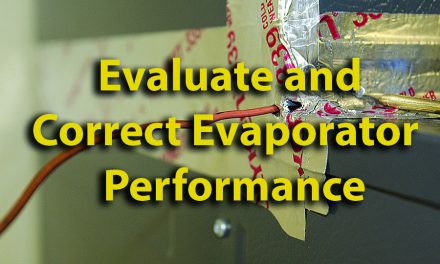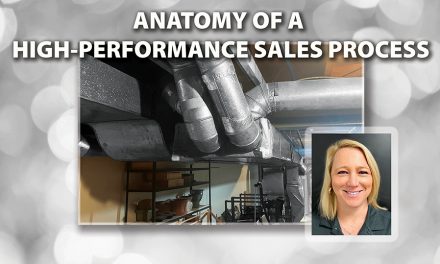Let’s say a technician is on a no-cooling call for an existing customer. While there, they discover a bad compressor, and the customer needs new equipment. Not stopping there, the technician measures static pressure and finds issues with the return duct system.
That tech points out to the homeowner that this may have contributed to the compressor failure. The customer admits to having ongoing issues and wants to investigate the matter further.
Then the technician passes testing and measurement information to the salesperson and lets them know the customer wants further investigating the return duct problems.

Once the salesperson arrives, they interview the customer and mention the technician’s findings. The salesperson references the technician’s measurements from their AirMaxx report and then compares them to blood pressure readings using NCI’s Static Pressure to Blood Pressure Table.
The customer immediately sees the problem and wants to prevent their new investment from premature failure, so they opt for an Air Upgrade™ to protect their new equipment.
Next, the salesperson takes numerous photos and measurements of the problem areas for the installers and then lays out a detailed scope of work to address the return duct issues.
The installers quickly correct these issues during the equipment replacement and then meet with the testing technician to test the system and prove to the customer that their problems have been resolved. This customer is now a raving fan and will promote your skills and results to their friends and family.
One Degree at a Time
A concept we talk about in our Path to Performance Coaching sessions is the One Degree Principle. This principle describes how it takes adding one degree of heat at a time until the water boils and releases an extreme amount of energy.
It’s only by consistently applying energy that you eventually reach the boiling point where the conversion from water to steam takes place.
Gaining momentum with High-Performance HVAC is similar — it doesn’t happen all at once. But by continually adding skills and practicing, your company will speed up in ways you never could have imagined.
Sometimes, it’s hard to see this change happen while you’re going through the motions. However, if you set monthly goals and then break those goals down into weekly milestones, you’ll see those slight changes taking place. This helps everyone stay on the path to get the results you want. If things get off track, you’ll see it and be able to realign.
From this information, you can set daily alignments from your weekly milestones to keep your staff moving in the right direction instead of drifting. Life happens, so be prepared to adjust.
Your plans will rarely go as outlined. The key is to keep moving forward, step by step, and adapt as you encounter challenges.













Recent Comments